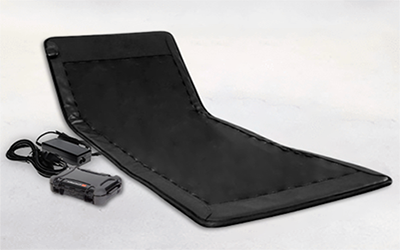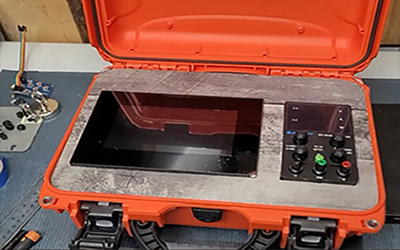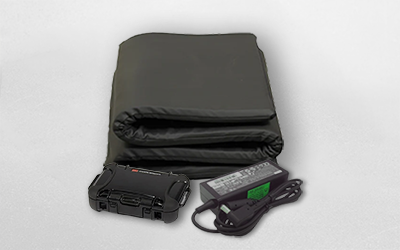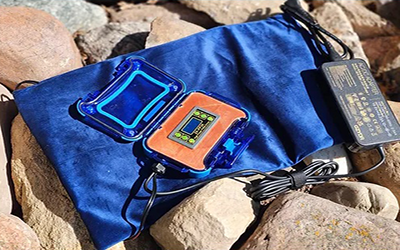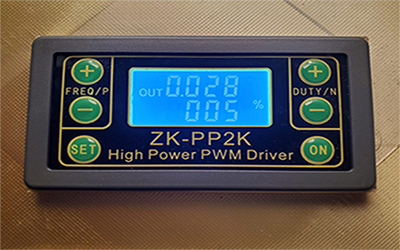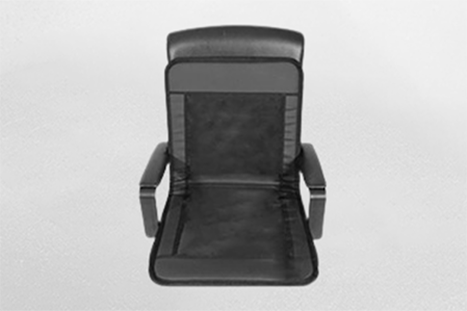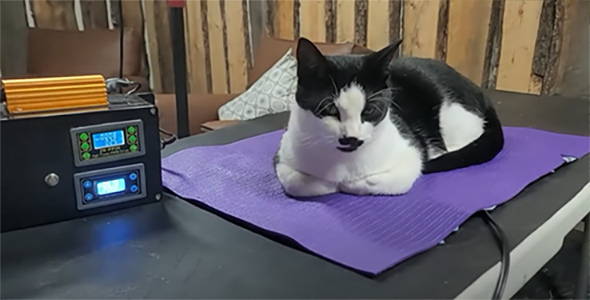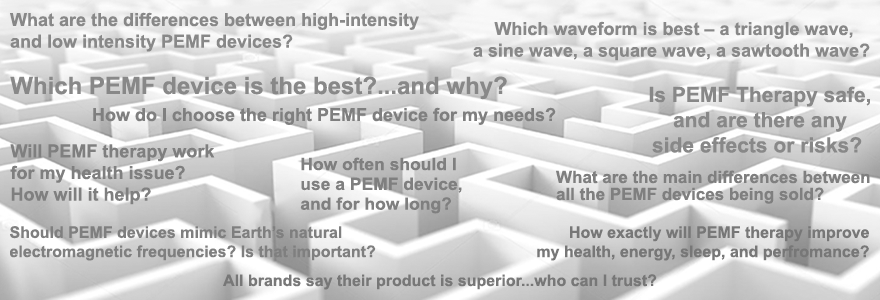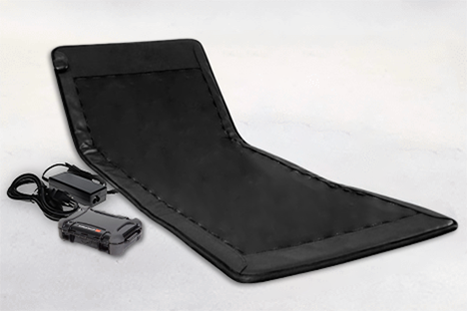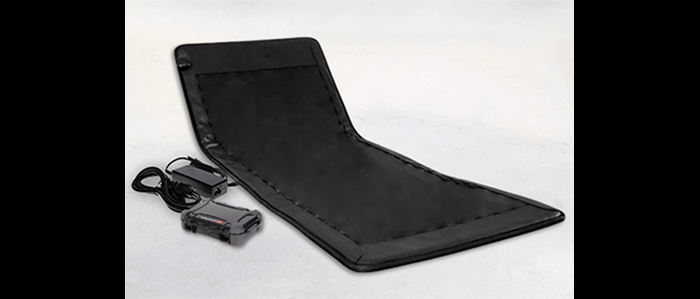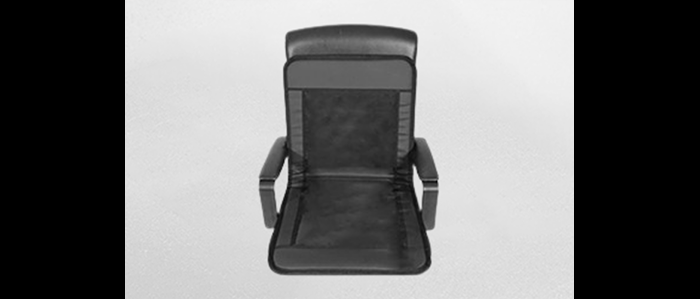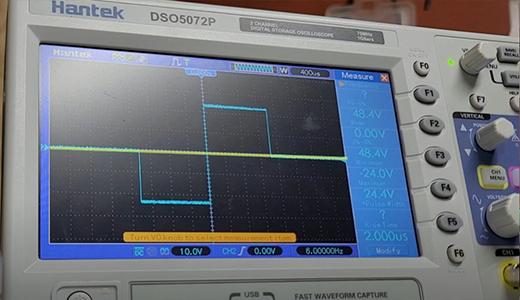
True Square Wave Output
A true square wave is essential for a PEMF device to deliver maximum therapeutic benefits. While sine, triangle, sawtooth, and other non-square waveforms may provide mild effects — such as improved circulation, relaxation, and temporary pain relief — they lack the sharp, rapid transitions needed to generate powerful electromagnetic induction. This high-intensity induction, enabled by a true square wave, is critical for deep tissue penetration and optimal cellular absorption.
The core purpose of PEMF therapy is to deliver electromagnetic PULSES that effectively penetrate the body’s tissues and reach the cellular level. When the waveform used to generate this effect lacks sharp, defined edges — as with sine, triangle, or sawtooth patterns — the result is a duller, weaker feild, incapable of deeply impacting the cells.
As research, including NASA studies, continues to confirm that pure, unaltered square waves are superior for biological stimulation, the demand for high-quality true square waves is becoming the industry standard. Consequently, many PEMF manufacturers are now claiming their devices produce square waves. However, not all actually do. Most of the competitors’ mats we've tested produce distorted or rounded square waves, which weaken electromagnetic impact and reduce therapeutic effectiveness.
Bottom line: Producing a true square wave is technically demanding and more expensive — so many brands either substitute weaker waveforms or misrepresent what their devices actually generate.
In conclusion: To achieve the full therapeutic potential of PEMF therapy, it’s critical to choose a device that generates a clean, unaltered square wave. Anything less will result in weaker cellular activation and diminished results.
The core purpose of PEMF therapy is to deliver electromagnetic PULSES that effectively penetrate the body’s tissues and reach the cellular level. When the waveform used to generate this effect lacks sharp, defined edges — as with sine, triangle, or sawtooth patterns — the result is a duller, weaker feild, incapable of deeply impacting the cells.
As research, including NASA studies, continues to confirm that pure, unaltered square waves are superior for biological stimulation, the demand for high-quality true square waves is becoming the industry standard. Consequently, many PEMF manufacturers are now claiming their devices produce square waves. However, not all actually do. Most of the competitors’ mats we've tested produce distorted or rounded square waves, which weaken electromagnetic impact and reduce therapeutic effectiveness.
Bottom line: Producing a true square wave is technically demanding and more expensive — so many brands either substitute weaker waveforms or misrepresent what their devices actually generate.
In conclusion: To achieve the full therapeutic potential of PEMF therapy, it’s critical to choose a device that generates a clean, unaltered square wave. Anything less will result in weaker cellular activation and diminished results.

Copper-Rich Coils
The quality and composition of the internal coils in a PEMF device play a pivotal role in determining the strength, consistency, and depth of the electro-magnetic field it produces. High-purity, copper-rich coils conduct energy with far greater efficiency than aluminum or low-grade copper alternatives. This superior conductivity enables the device to generate stronger, more stable pulses — ensuring deeper penetration and more effective cellular stimulation.
Copper is not only the most conductive non-precious metal, but it also maintains its integrity under repeated magnetic stress. In a high-performance PEMF system, this durability translates into long-term reliability and consistent performance.
Many mass-market PEMF mats cut costs by using coils with minimal copper content or substituting less conductive metals altogether. While these materials may technically function, they significantly limit pulse strength, consistency, and field integrity. The result is a scattered, inconsistent magnetic output that may feel warm or soothing, but lacks the precision and intensity required for genuine therapeutic benefit.
Beware of vague claims. Some manufacturers will highlight “copper wiring” in their marketing, but fail to disclose the actual content or purity. In many cases, the wiring is thinly coated or combined with cheaper metals, leading to significant signal loss and reduced electromagnetic efficiency.
In conclusion: Only copper-rich coils combined with a high-quality sqaure wave can deliver the energy transfer necessary for optimal PEMF results. Don’t settle for substandard conductors that weaken performance — demand premium-grade copper-dense coils.
Copper is not only the most conductive non-precious metal, but it also maintains its integrity under repeated magnetic stress. In a high-performance PEMF system, this durability translates into long-term reliability and consistent performance.
Many mass-market PEMF mats cut costs by using coils with minimal copper content or substituting less conductive metals altogether. While these materials may technically function, they significantly limit pulse strength, consistency, and field integrity. The result is a scattered, inconsistent magnetic output that may feel warm or soothing, but lacks the precision and intensity required for genuine therapeutic benefit.
Beware of vague claims. Some manufacturers will highlight “copper wiring” in their marketing, but fail to disclose the actual content or purity. In many cases, the wiring is thinly coated or combined with cheaper metals, leading to significant signal loss and reduced electromagnetic efficiency.
In conclusion: Only copper-rich coils combined with a high-quality sqaure wave can deliver the energy transfer necessary for optimal PEMF results. Don’t settle for substandard conductors that weaken performance — demand premium-grade copper-dense coils.
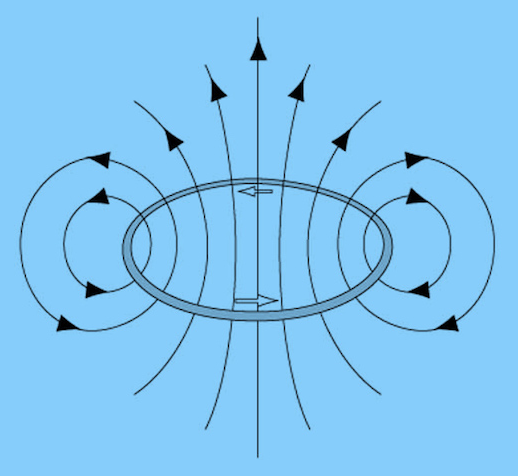
Optimized Coil Placement
The therapeutic power of a PEMF device depends not only on signal quality and coil composition but also on how the coils are arranged relative to one another. Optimized coil placement ensures uniform electromagnetic coverage, allowing pulses to reach all areas of the body with consistent intensity. Without strategically designed coil placement, even strong signals can lead to “dead zones”, resulting in under-stimulated regions that diminish therapeutic outcomes.
In intelligently engineered PEMF systems, coils are purposely positioned in precise alignments that create overlapping magnetic fields. This setup produces a shunting effect where the energy from each coil compounds with the fields from adjacent coils. The result is a far more energy-dense and expansive field that covers a larger area — ensuring comprehensive full-body coverage.
In contrast, poorly arranged coils result in uneven coverage. Some parts of the body may receive strong pulses, while others may not receive enough intensity to be effective. Many lower-quality PEMF mats suffer from this issue. In worst-case scenarios, improper placements can cause magnetic fields to collapse onto one another, canceling each other out entirely. We have seen plenty of brands with poor layout designs where this is the case!
In conclusion: Optimized coil placement maximizes the device’s distribution radius and ensures electro-magnetic pulses are delivered evenly across the entire body.
A thoughtfully engineered coil layout is essential for consistent, effective therapeutic results. Conversely, improper coil placement can cause magnetic fields to collapse onto one another, crippling the device’s ability to function as intended.
In intelligently engineered PEMF systems, coils are purposely positioned in precise alignments that create overlapping magnetic fields. This setup produces a shunting effect where the energy from each coil compounds with the fields from adjacent coils. The result is a far more energy-dense and expansive field that covers a larger area — ensuring comprehensive full-body coverage.
In contrast, poorly arranged coils result in uneven coverage. Some parts of the body may receive strong pulses, while others may not receive enough intensity to be effective. Many lower-quality PEMF mats suffer from this issue. In worst-case scenarios, improper placements can cause magnetic fields to collapse onto one another, canceling each other out entirely. We have seen plenty of brands with poor layout designs where this is the case!
In conclusion: Optimized coil placement maximizes the device’s distribution radius and ensures electro-magnetic pulses are delivered evenly across the entire body.
A thoughtfully engineered coil layout is essential for consistent, effective therapeutic results. Conversely, improper coil placement can cause magnetic fields to collapse onto one another, crippling the device’s ability to function as intended.


